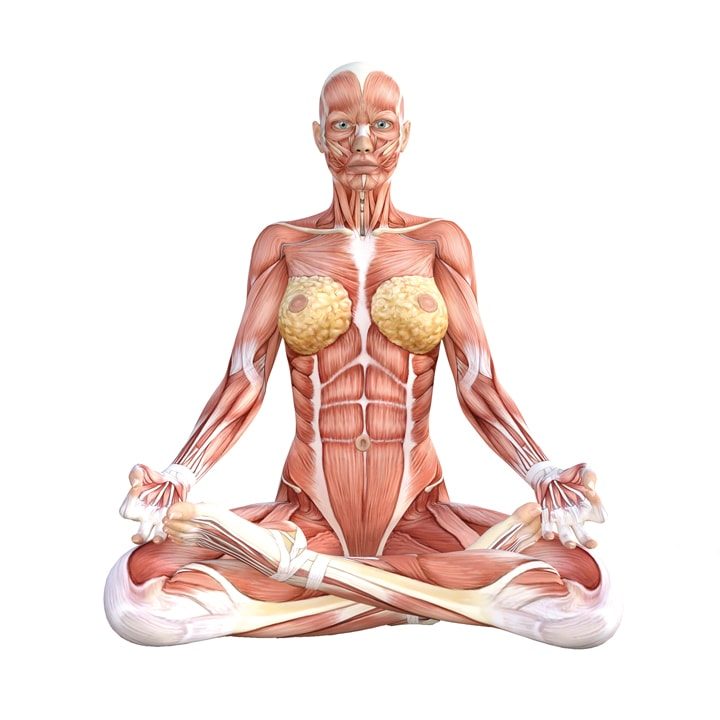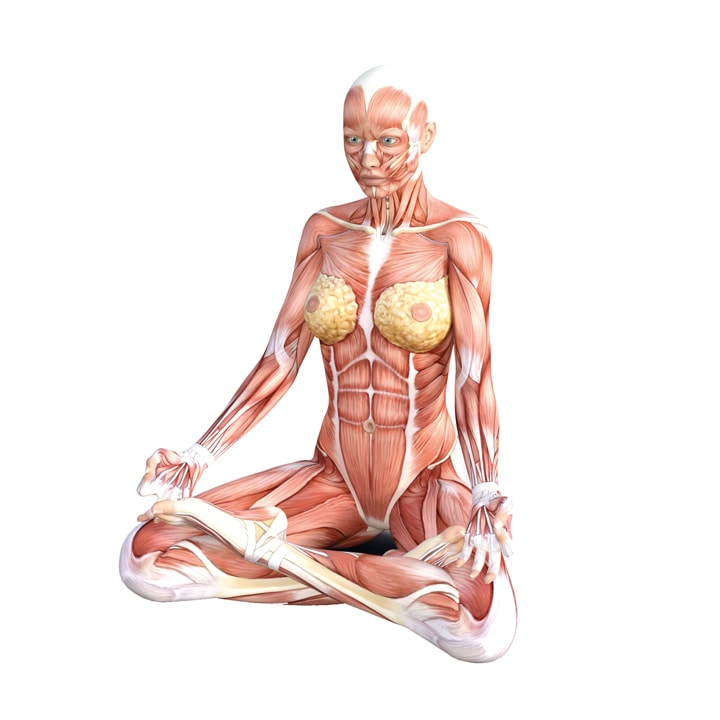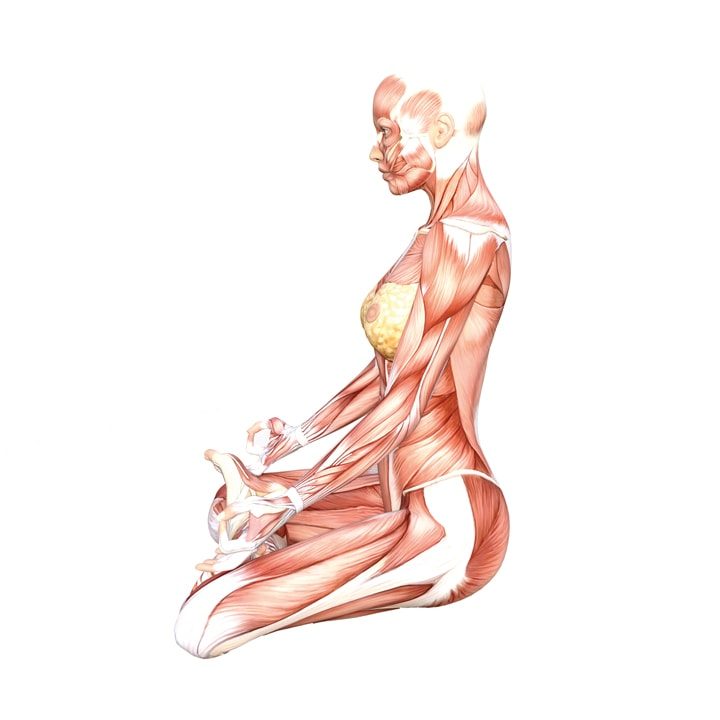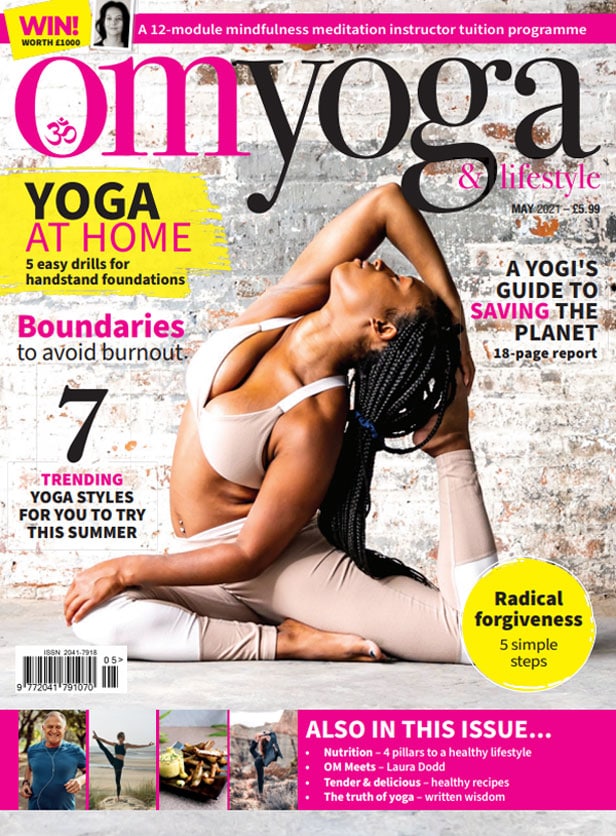
A 360º overview of...
Lotus (Padmasana)
With Dr Kiki Morriss
Lotus, or Padmasana, is a classic yoga pose that brings with it a clear, calm mind
The roots of the lotus are deep in the mud while the beautiful lotus flower itself blooms on the surface. As such, the lotus flower is a symbol of light emerging from darkness, of spiritual awakening and the expansion of the soul.
The blossoming of the lotus flower represents the unfolding of the divinity within every living being.
Lotus is a classic yoga pose used in meditation and pranayama. The spine is lengthened, the legs are folded into a steady base and the mind is calm and clear.
The benefits of this pose:
- Increases flexibility of your hips, knees and ankles.
- Improves posture.
- Calms your mind and prepares you for pranayama and meditation.
Cautions and modifications:
- Avoid Lotus if you have a lower back, knee or ankle issue.
- Sit on a folded blanket to lift your lower back.
- Support your right knee with a folded blanket if it does not reach the floor. Then lift your left foot into the pose.
Variations:
- Bound Lotus (Baddha Padmasana). In Lotus pose, cross your arms behind your back. Hold your left foot from behind with your left hand and your right foot with your right hand. Hold your big toes, draw your shoulders back and your elbows closer together. Stay in the pose for 5-10 breaths. Release and repeat, changing the legs and arms.
- In Lotus pose, link your fingers, lift your arms on either side of your head, turn your palms upwards and reach up. Keep your shoulders relaxed. Stay for 5-10 breaths.
PREPARING FOR THE POSE
- Practice Butterfly pose, sitting tall and externally rotating your hip joints.
COMING INTO THE POSE
- Sit in an easy cross-legged pose (Sukhasana).
- Hold your right foot with both hands and place it on top of your left thigh.
- Press the outer edge of your right foot into your groin.
- Align your right knee, so it is almost pointing forward.
- Hold your left foot with both hands and place it on your right thigh with the outer edge of your foot into your groin.

FOCUS YOUR GAZE
- Your dristi (focal point) is at the tip of your nose or at a fixed point straight ahead of you. Keep your gaze soft. Alternatively you can close your eyes.
FOCUS ON BENDING THE LEGS TO CREATE SPACE
- Before placing your legs in Lotus, bend your legs with care to create space.
- Press the back of your knee to create space in your knee joint and to allow it to bend without strain.
- When your foot is in place, use your fingers to draw the skin of your thigh and inner calf upwards.
- Bring your thigh and calf together.
FOCUS ON YOUR LEGS
- Squeeze your thighs towards each other.


FOCUS ON YOUR UPPER BODY
- Lengthen your spine as you sit tall.
- Broaden across your chest and upper back.
- Keep your chin parallel to the ground and lengthen the back of your neck.
POSITION YOUR HANDS
- Rest the backs of your hands on your knees with your hands in chin mudra – first and index fingers touching.
BREATHING IN THE POSE
- Stay in the pose for 5-10 steady breaths.
COMING OUT OF THE POSE
- Exhale and release the legs.
- Repeat the pose, placing your left leg first and then your right leg.




